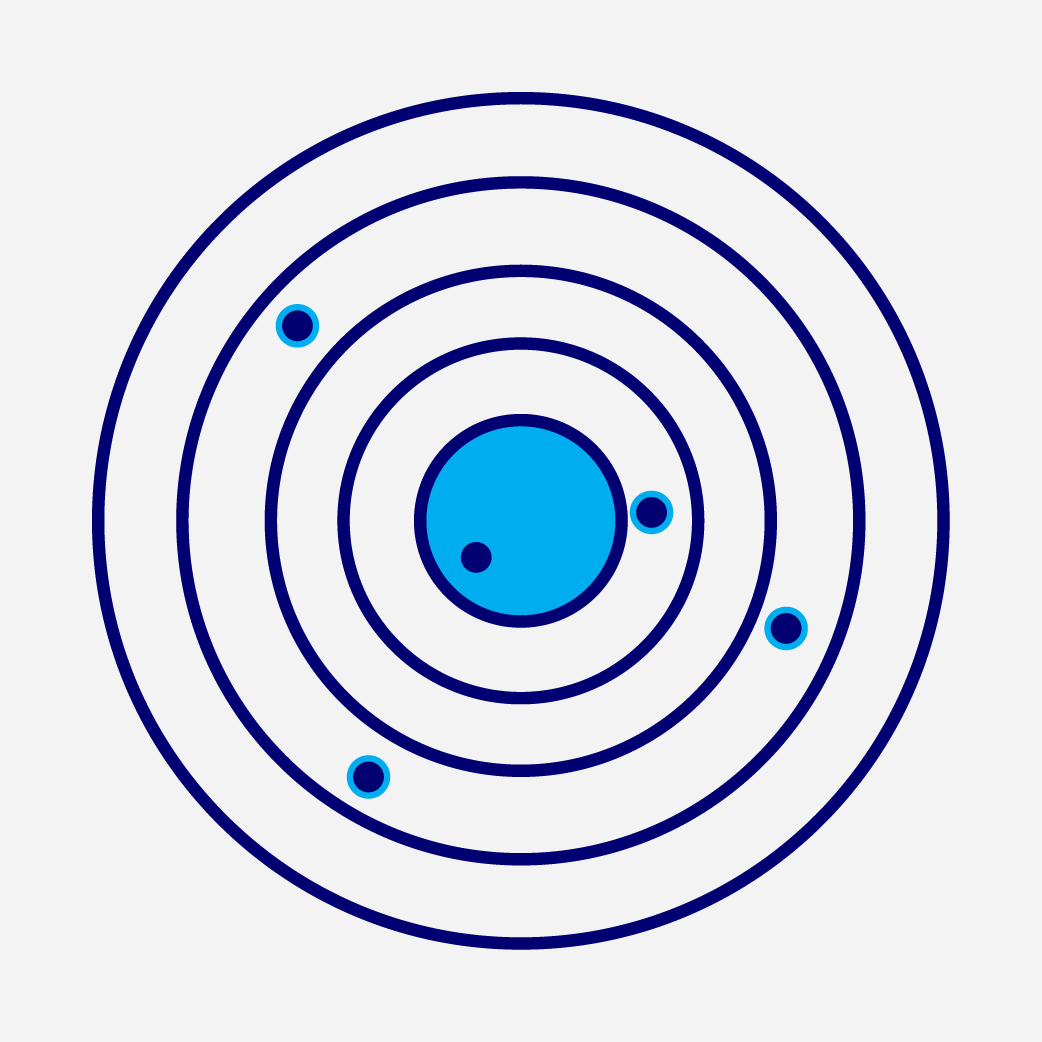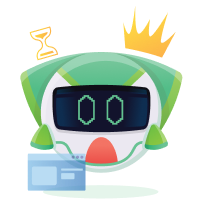Chapter 1: Measurement
What you need to learn in this chapter

In this chapter, we will be learning about measurement in physics. We will start by understanding physical quantities, which are properties that can be measured. Examples of physical quantities include length, time, and mass. We will also learn about base quantities, which cannot be derived from other quantities, and derived quantities, which are obtained from combinations of base quantities.
Next, we will explore scientific investigation. We will learn how to interpret graphs to determine the relationship between two physical quantities. This will help us understand how changes in one quantity affect another. We will also learn how to analyze graphs to summarize an investigation. This will allow us to draw conclusions and make predictions based on the data collected.
By the end of this chapter, we will have a solid understanding of physical quantities and how to analyze scientific investigations using graphs. This knowledge will be essential for further studies in physics.
Topics in this chapter
Live Tuition Recordings


Prepare exams with mock exam papers
Learn more »